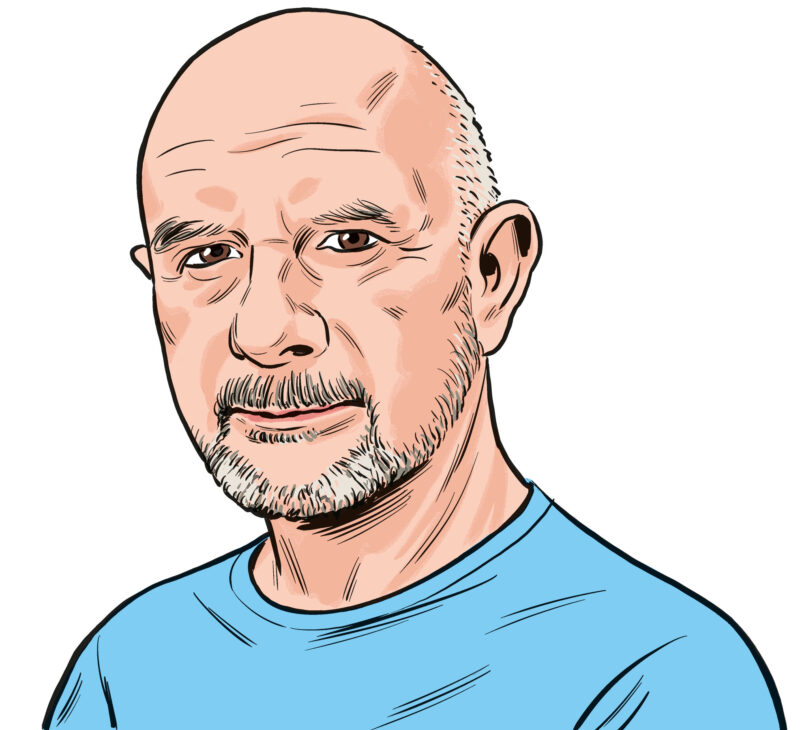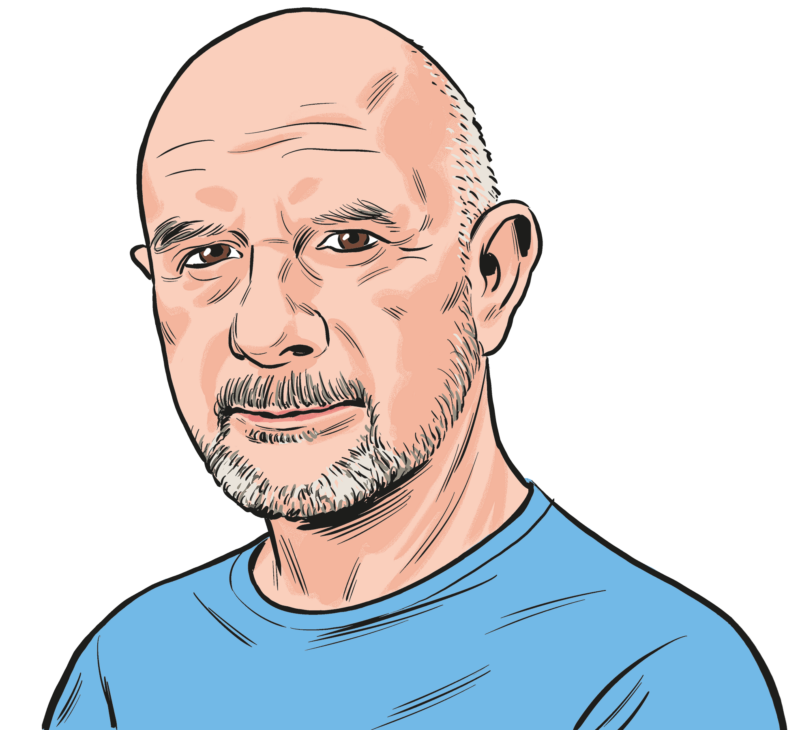Albums Mentioned:
- Pretzel Logic—Steely Dan
- Woody’s Winners—Woody Herman
- Center Stage—Steve Gadd
- Data Lords—Maria Schneider
- Our Natural World—Maria Schneider
- Allégresse—Maria Schneider
- Live at Sin-é—Jeff Buckley
- 1969: Velvet Underground Live with Lou Reed—Lou Reed
- Fargo 1940—Duke Ellington
- Focus—Stan Getz
You have reached your article limit
Sign up for a digital subscription and continue reading all new issues, plus our entire archives, for just $1.50/month.
Already a subscriber? Sign in






